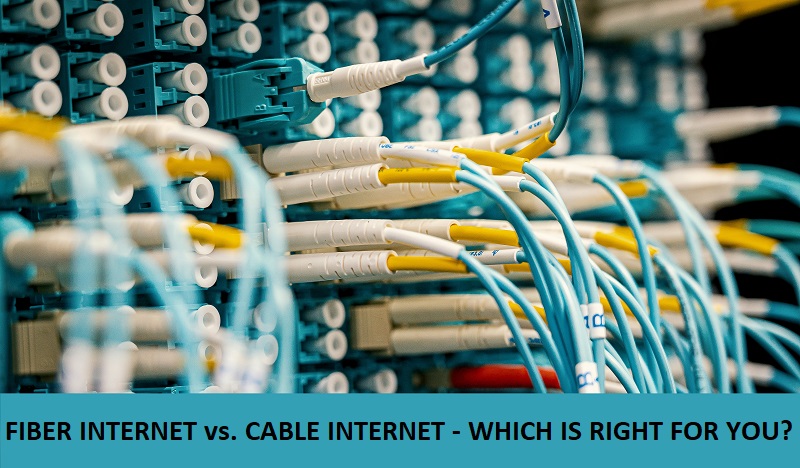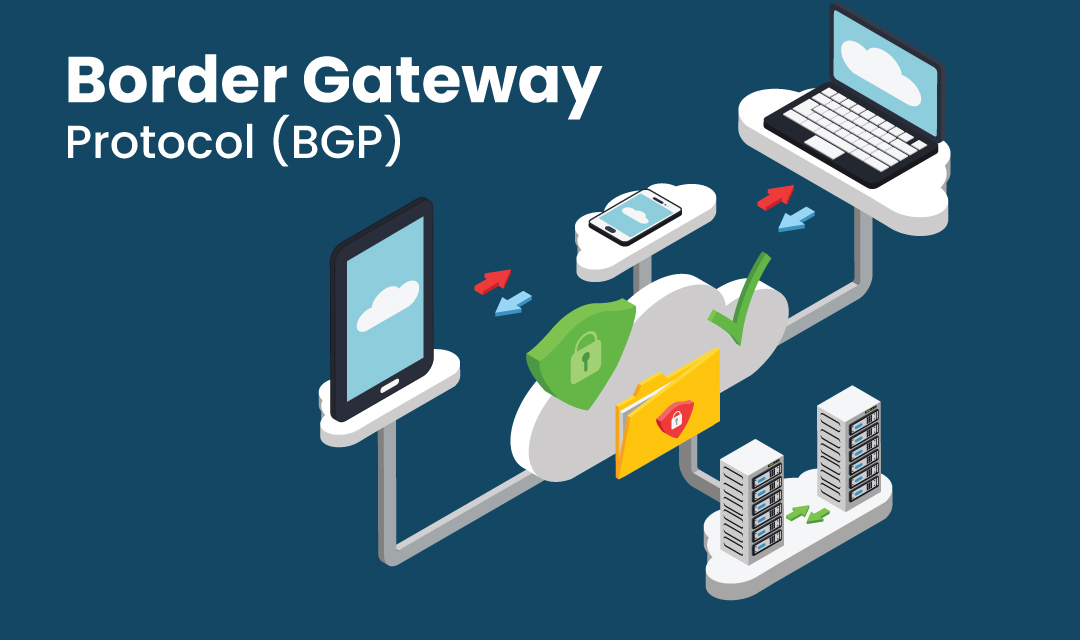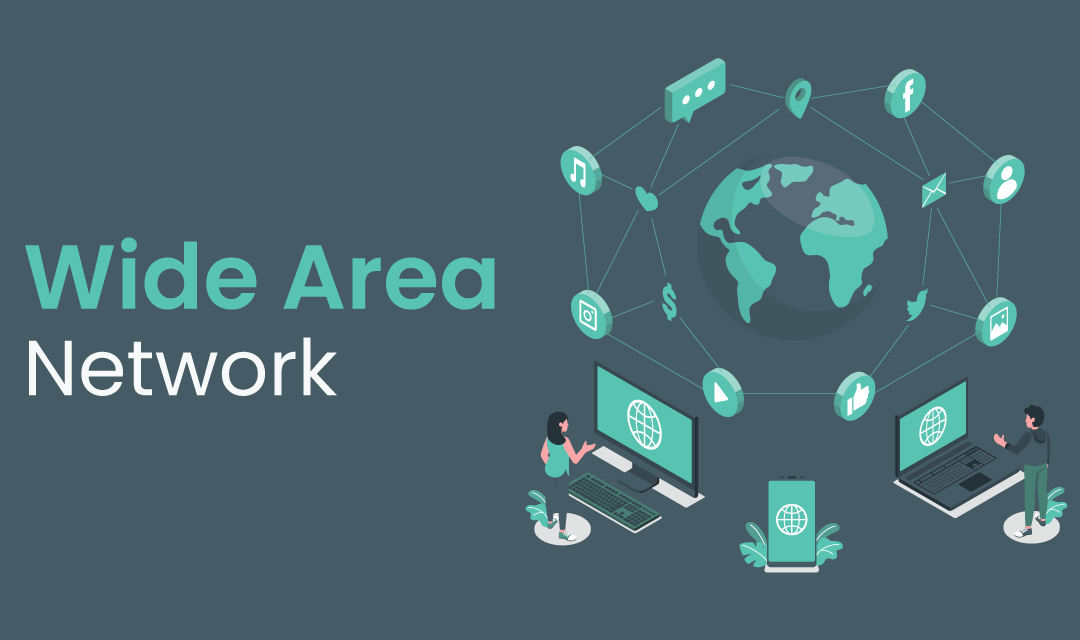
IP telephony, also known as Voice over IP (VoIP), is a form of telephone communication that utilizes the Internet Protocol (IP) for transmitting data. The IP protocol, responsible for data transmission, enables various types of data such as images, videos, text, and voice to be transmitted. VoIP specifically focuses on delivering voice services over IP, allowing telecommunications to take place over the Internet. It governs the reliability and latency of data transmission to ensure the quality of service (QoS) between multiple points in the virtual space.









